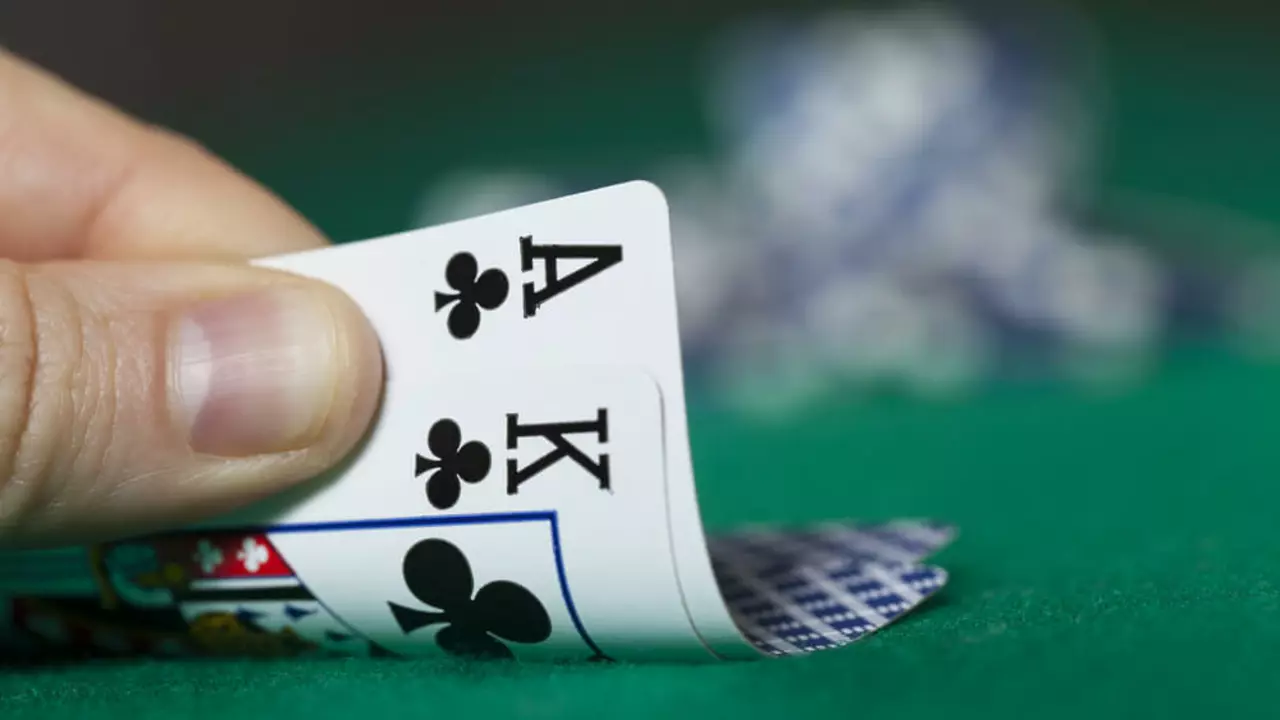Understanding Poker Hands
Before we delve into the specifics about the percentage of playable Poker hands pre-flop, it's crucial that we first get a good grasp of what Poker hands are. In the game of Poker, a hand consists of five cards that a player holds. These can be any combination of the two private cards (known as hole cards) and the five community cards on the table. The player with the highest-ranking hand at the end of the game wins.
Defining Playable Hands Pre-flop
What exactly does it mean to have a 'playable hand pre-flop'? Well, this refers to the initial two private cards you are dealt before any community cards have been shown (the flop). The strength and potential of these two cards often shape the decisions a player makes throughout the game. So, when we talk about a 'playable hand', we are referring to hands that have a good chance of winning should the hand go to showdown.
Considerations in Determining Playable Hands
There are a few factors that can influence whether a hand is considered playable or not. This includes your position at the table, the actions of the players before you, and the type and nature of the opponents you are playing against. In some situations, a hand that is generally considered weak could be playable, while in other scenarios, a traditionally strong hand might not be worth playing.
The Percentage of Playable Poker Hands Pre-flop
Now let's get to the heart of the matter. According to most poker experts, a loose-aggressive player might consider about 20% of all possible hands to be playable pre-flop. For a tight-aggressive player, this figure might be closer to 15%. However, these are general guidelines and the actual percentage can vary greatly based on the dynamics of the game and the style of play.
The Role of Position in Playable Hands
Position is a critical factor in poker, and it greatly influences the range of hands you should consider playable pre-flop. If you are in an early position, you should be more conservative with your hand selection because you have less information about what the other players are doing. On the other hand, if you are in a later position, you can afford to be more aggressive because you have more information at your disposal.
Understanding Hand Ranks and Combinations
Knowing the rank of poker hands and the probability of getting certain combinations can also help you determine whether a hand is playable or not. For instance, high pairs like AA, KK, and QQ are usually considered playable in any position. On the other hand, lower pairs and suited connectors might only be playable in certain positions.
The Impact of Player Style on Playable Hands
Your playing style also affects the percentage of hands you consider playable pre-flop. If you are a conservative player, you might only play the top 10% to 15% of hands. However, if you are an aggressive player who likes to mix it up, you might expand your range to 20% or even 25% of hands.
Adjusting to the Table Dynamics
Lastly, the dynamics of the table you're playing at can also influence your decision on what hands are playable. For instance, if the table is full of aggressive players, you might want to tighten up your range. Conversely, if the table is passive, you might want to expand your range and play more hands pre-flop.
Conclusion: No One-Size-Fits-All Answer
While we have discussed some general guidelines, it's important to remember that there is no definitive answer to the question of what percentage of Poker hands are playable pre-flop. It depends on a variety of factors including your position, the actions of the other players, your style of play, and the dynamics of the table. The key is to continuously learn, adapt, and refine your strategy based on these variables.

Written by Xander Whittaker
View all posts by: Xander Whittaker